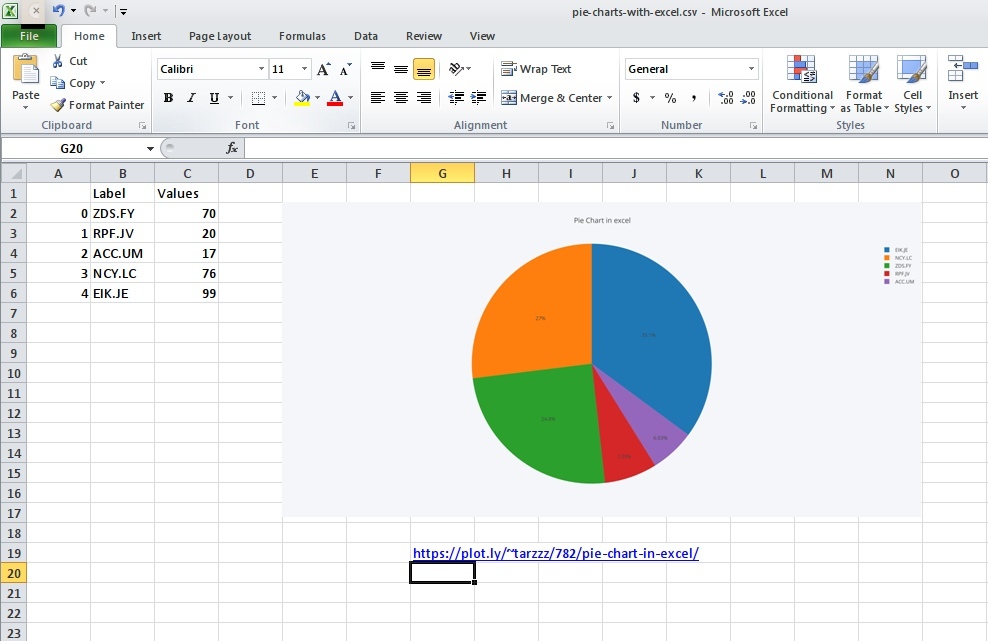

Notice that first range reference starts with row 2. HancockSeries: =OFFSET(DynamicChart1!$E$2,0,0,COUNTA(DynamicChart1!$E:$E)-1).MichaelsSeries: =OFFSET(DynamicChart1!$D$2,0,0,COUNTA(DynamicChart1!$D:$D)-1).


Now, repeat the above instructions, creating a dynamic range for each series using the following range names and formulas: Enter the following formula: =OFFSET(DynamicChart1!$A$2,0,0,COUNTA(DynamicChart1!$A:$A)).In general, it’s best to limit ranges to the sheet, unless you intend to utilize them at the workbook level. Enter a name for the dynamic range, MonthLabels.Click the Define Names option in the Defined Names group.To create the dynamic range for column A, do the following: Then, use these instructions to create a dynamic label for columns B through E. Instructions for creating the dynamic range for the labels in column A follow. Using our earlier sheet, you’ll need five dynamic ranges: one for each series and one for the labels. It relies on dynamic ranges that update automatically, similar to the way the table does, but only with a little help from you. When either is the case, there’s a more complex formula method. Furthermore, this feature isn’t available in pre-ribbon versions of Office. You won’t always want to turn your data range into a table. Now, update the chart by adding values for March and watch the chart update automatically. In the Charts group, choose the first 2-D column chart in the Chart dropdown.To illustrate, create a quick column chart as follows: Click OK and Excel will format the data range as a table.Īny chart you build on the table will be dynamic.If the table does not have headers, be sure to uncheck the My Table Has Headers option. Excel will display the selected range, which you can change.To do so, simply select the data range and do the following: LEARN MORE: Office 365 Consumer pricing and features The table methodįirst, we’ll use the table feature, available in Excel 20–you’ll be amazed at how simple it is. Fortunately, the process is easy to implement in Excel 20 if you’re willing to use the table feature. By doing so, the chart will automatically reflect changes and additions to the source data. The key is to define the chart’s source data as a dynamic range. If you want to advance beyond your ordinary spreadsheet skills, creating dynamic charts is a good place to begin that journey. The steps are very similar to the following tutorial by Susan Harkins. Editor’s note: In the video, Brandon Vigliarolo uses Microsoft Office 365 and walks through the steps of building dynamic charts in Excel.


 0 kommentar(er)
0 kommentar(er)
